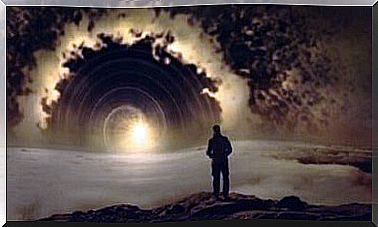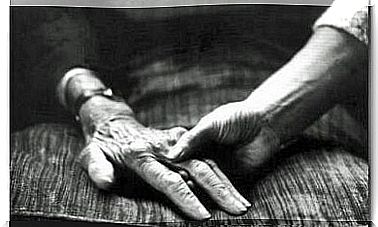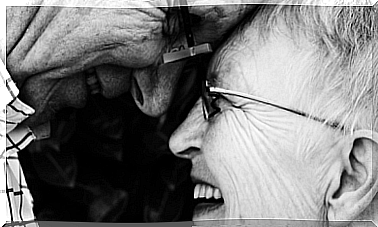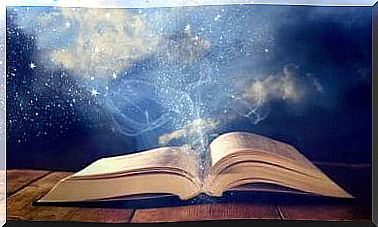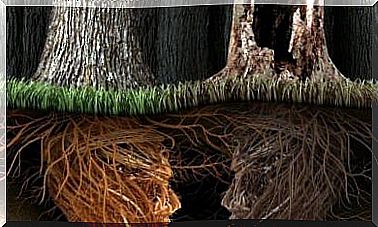The Movie The Science Of Sleep And The Human Brain

The Science of Sleep presents an effect called parallel synchronized randomness, which involves the idea that a human brain can create an incredibly complex loop. The point is not that brains communicate telepathically, but that we all evolve in the same direction with every step we take.
The Science of Sleep is a film about the surreal and exciting world of dreams. It describes the misadventures of Stéphane (Gael García Bernal). He is a young graphic artist whose brain broadcasts a television program that constantly competes with his reality.
For more than three thousand years, people have engaged in dreams and regard them as inexplicable. They seem magical and perhaps even charged with meaning that is difficult to decipher. Sometimes you experience such vivid dreams that you then feel the need to bring them out. You want to talk about them, so you do your best to remember and articulate them (Guardiola, 1993).
This act of memory and verbalization begins a process of inescapable distortion. So you always have the feeling that there was something different. Something that is deeper and difficult to explain and that you experienced while you were sleeping.

The Science of Sleep
How do dreams arise? The scientific community is completely unaware of the process. But there is a wide range of interpretations, such as that of The Science of Sleep .
This film won the Grand Audience Award at the Sitges Film Festival. The key to understanding it lies in its peculiar theory of musings and in the delicate combination of complex ingredients.
First, take random thoughts, for example. Then add a dash of memories from your day and mix them with some memories from your past. Love, friendships, relationships and all those words and songs you heard during the day, along with the things you saw and then something more personal. Then mix it all together.
We have looked at dreams in a surreal and somewhat irrational way. Now let’s analyze them from a more pragmatic and scientific perspective.
What are daydreams?
These are conscious experiences that take place during sleep in the form of a story. They are usually involuntary dramatic performances. In addition, they involve and connect mental states and types of sensory, imaginary, cognitive, affective and motor processes (Guardiola, 1993).
While daydreams often have some form of strangeness and discontinuity, they are still a representation of your personal reality. They provide material to contrast with recent and old memories (Guardiola, 1993).
In turn, a daydream can stay in your memory and tie in with future events and circumstances. You could imagine a journey you are about to take, the risks it entails and the outcome you desire.
Daydreams have a high probability of becoming reality in the future, giving dreams a pseudo-warning character (Guardiola, 1993).

Dreams and science
The study of the mechanisms and functions of the states of attention, wakefulness, drowsiness and sleep by the fields of neurophysiology and psychiatry is relatively recent. Until the middle of the last century, it was impossible to establish physiological measures that could be related to mental activity and states of consciousness.
Modern dream research emphasizes the importance of the content of your dreams. They relate to a person’s mental structure. In other words, they relate to their thoughts while awake, their concepts and concerns (Lombardo and Foschi, 2009).
Neurolinguistics showed that the process by which you access the meaning of a word can be outlined by means of a module. The justification for the existence of this module is found in the behavior of patients with brain injuries that selectively influence the output and input of their vocabulary.
While awake, a word can evoke a series of images and concepts with similar characteristics to those seen during daydreaming. Through the method of free word association, cognitive elements can be seen in common with the structure of dreams during sleep. (Lombardo and Foschi, 2009).
